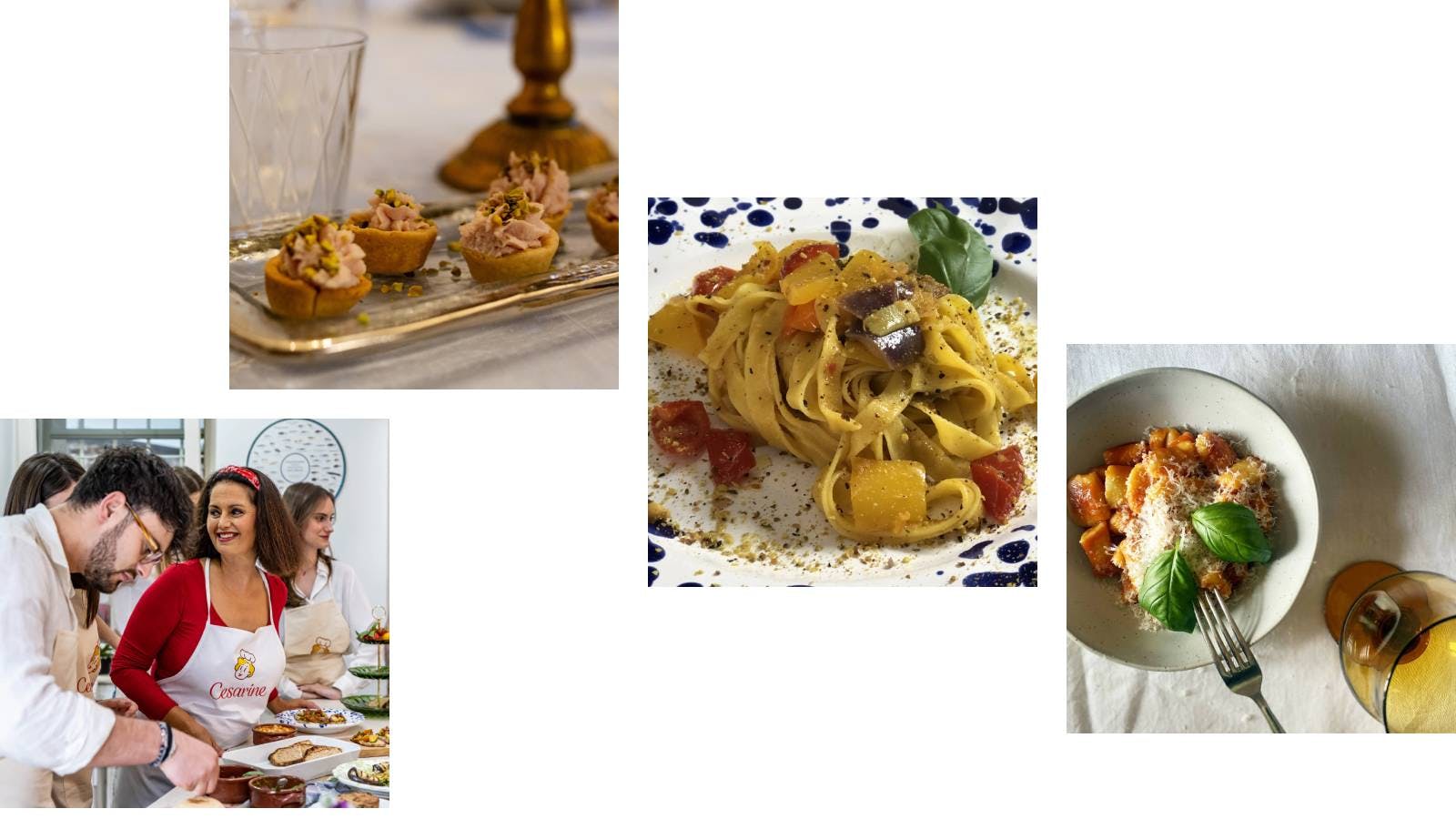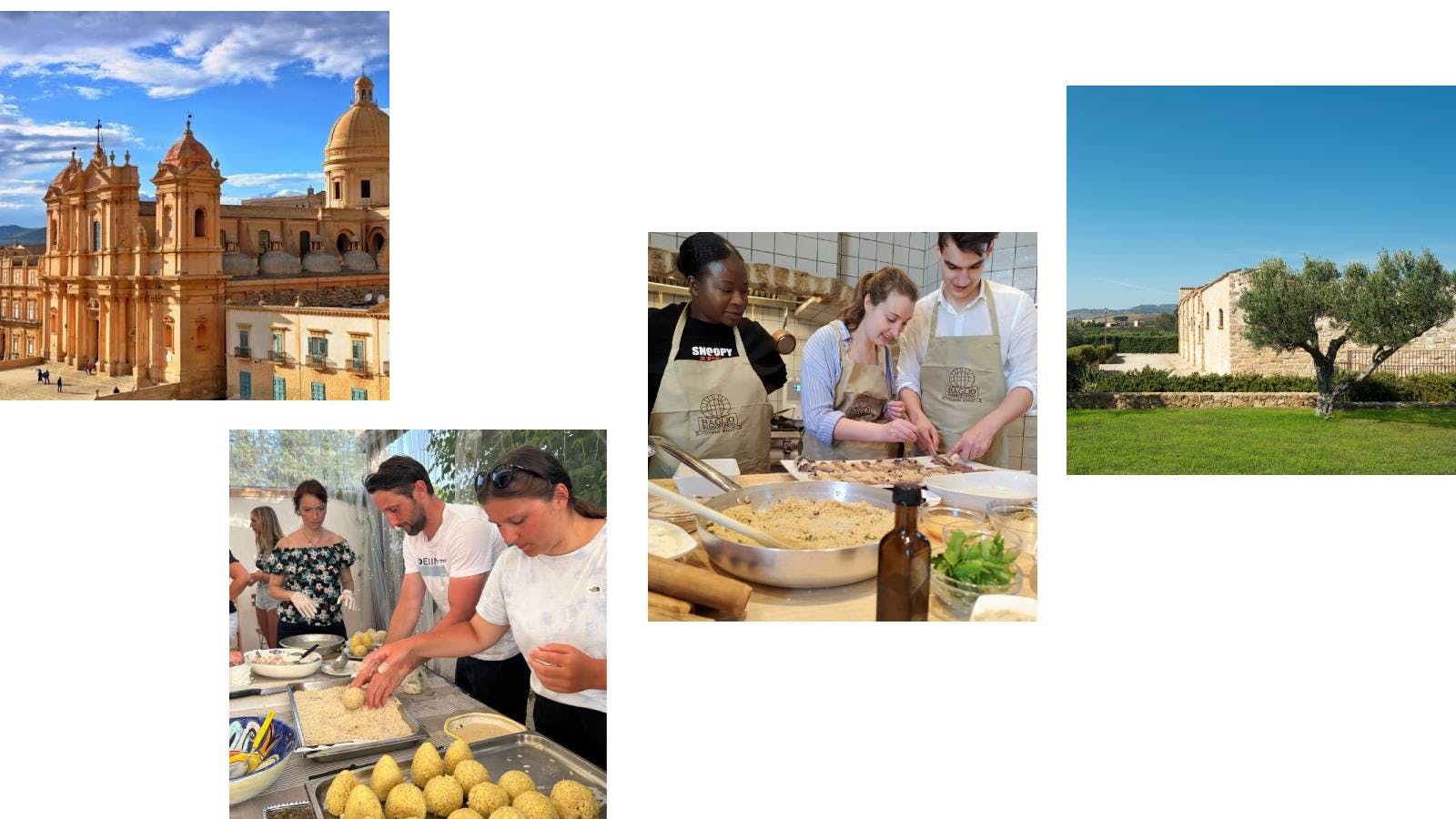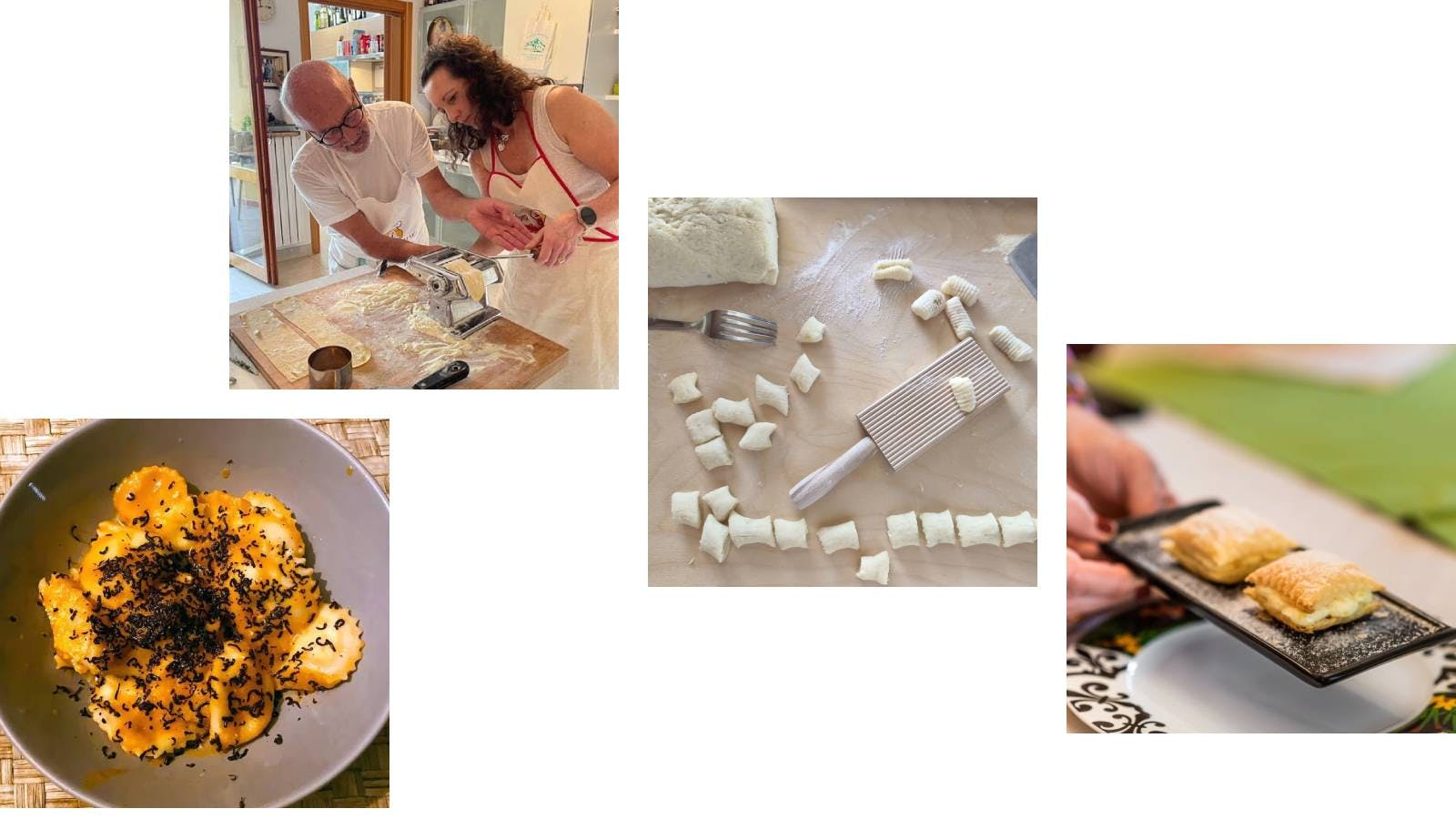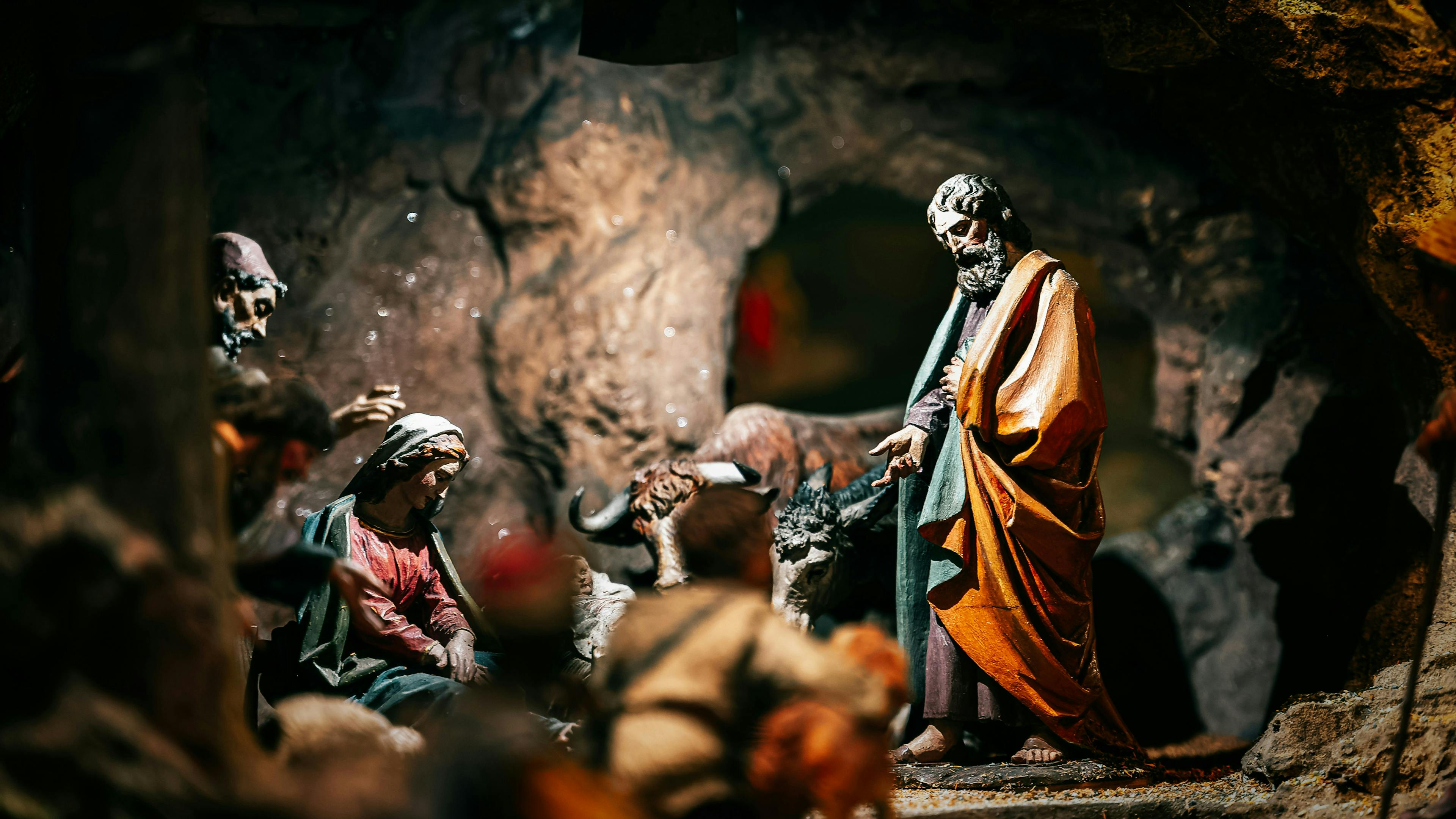

From Its Origins to Today: The Italian Nativity Scene Tradition
Christmas in Italy wouldn’t truly be Christmas without the traditional nativity scenes, presepi, that fill homes, churches, and town squares with figurines, twinkling lights, and a touch of wonder.
The word presepe comes from the Latin praesaepe, meaning “manger” or “enclosure.” Its origins date back centuries: as early as the Roman Empire, Christians painted nativity scenes in the catacombs, and references appear in the Gospels of Luke and Matthew. But the first living nativity as we know it today took place in 1223, when Saint Francis of Assisi, with papal approval, recreated the birth of Christ in a cave near the woods of Greccio (close to Rieti, in central Italy). His goal was simple but profound: to remind people of the true meaning of Christmas, that is the birth of Jesus Christ.
From central Italy, the presepe tradition spread throughout the country, evolving along the way. Each region added its own local touch, absorbing cultural influences and everyday details. The 18th century marked the golden age of the nativity scene, with famous regional variations such as the Bolognese, Genoese, and Neapolitan styles. In Naples especially, the presepe became a true art form, depicting not only the nativity but the entire society of the time: nobles, merchants, peasants, and artisans. Wealthy families even dedicated entire rooms in their palaces to display elaborate nativity installations, competing to create the most original and spectacular scene.
While in the 1700s the presepe was mainly an aristocratic pastime, by the 19th century it had become a cherished custom in ordinary homes as well: a fitting turn of events, considering the nativity scene was originally intended as a teaching tool for the common people.
Even after many centuries, this beloved Christmas tradition shows no signs of fading. Modern technology has actually helped keep the magic alive: electric lights simulate the passage of day and night, mechanical systems animate water and figures, and even augmented reality apps now bring nativity scenes to life. Whether old-fashioned or high-tech, the presepe remains a symbol of togetherness: a joyful creative project that unites families of all generations during the holiday season.
The Symbolism Behind the Nativity Scene
Among the oldest and most recognizable figures in the nativity are the ox and the donkey, which in Christian tradition symbolize the Jewish and pagan peoples, respectively. Later, the Three Wise Men were added to the scene, bringing deeper meaning: they represent the three stages of life - youth, maturity, and old age - as well as the three known continents of the ancient world - Europe, Asia, and Africa. Their gifts are also rich in symbolism: myrrh for Christ’s humanity, incense for his divinity, and gold for his royal nature.

The Best Nativity Scenes in Italy 2025
Ready to experience the true spirit of Christmas? Here are some of Italy’s most famous presepi, each offering a unique way to celebrate the season with family and friends.
Massa Martana (Perugia)
In the charming Umbrian village of Massa Martana, visitors can see a one-of-a-kind ice nativity scene covering over 100 square feet, with statues carved entirely from ice and kept at -17°C (1.4°F). From December 6, 2025, to January 6, 2026, the town will host the 22nd edition of Presepi d’Italia – National Exhibition of Artistic Nativities, one of the country’s most important nativity showcases.
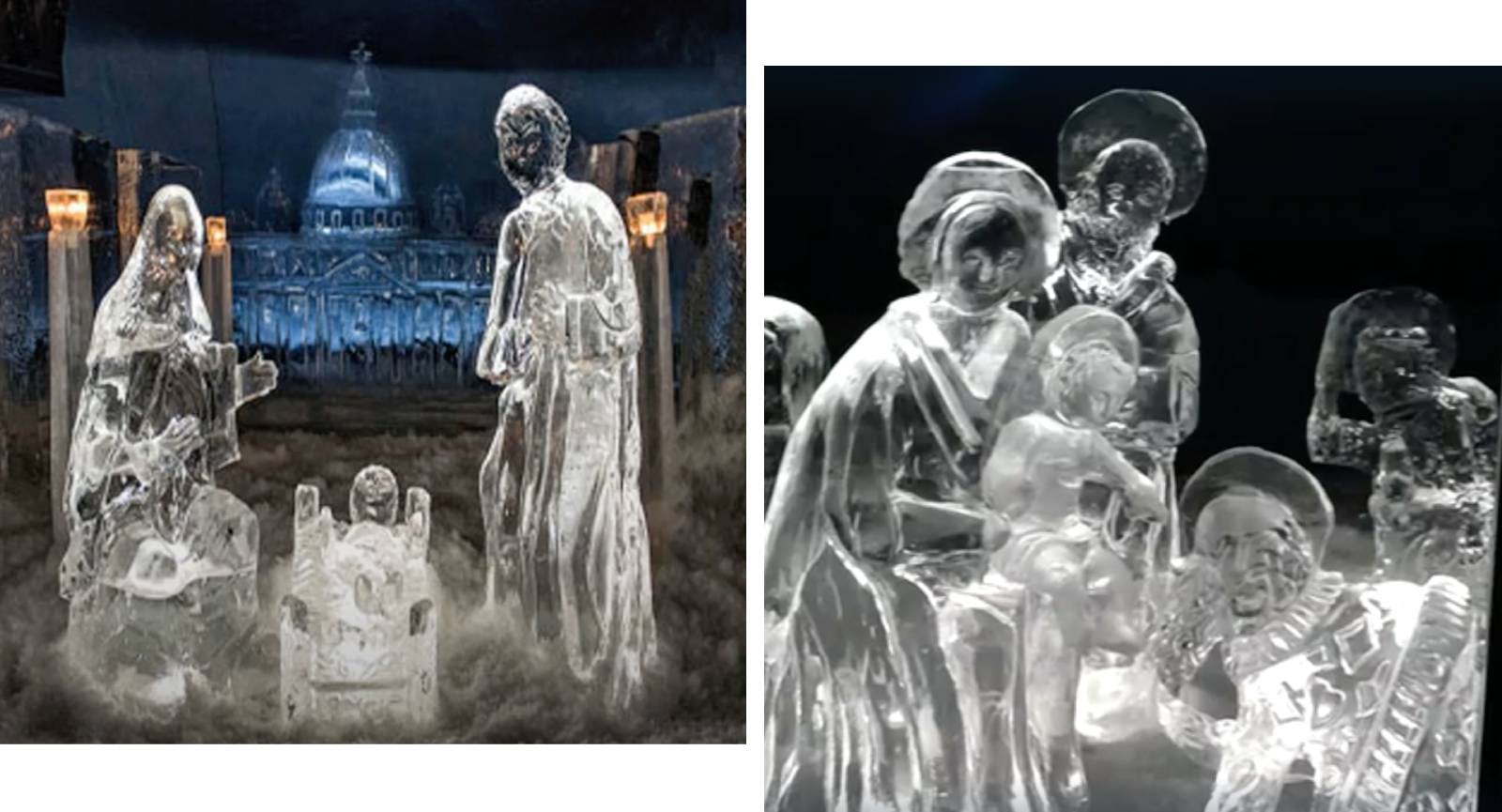

Cesarine Experiences in the heart of Umbria
After visiting the beautiful nativity scene in Massa Martana, there’s nothing better than sitting down to a homemade meal with one of our Cesarine and enjoying authentic Umbrian cuisine with your loved ones. Or, if you’d like to learn how to make some traditional regional dishes yourself, join one of our hands-on cooking classes specially designed for you!
Discover Cesarine experiences in the charming towns around Massa Martana and make your day in Umbria even more memorable.

Faedo (Trento)
This small mountain village in Trentino hosts the region’s largest nativity scene, featuring more than 80 life-size figures performing daily activities, with the nativity set in an old stable. Open 24 hours a day from November 30 to January 5, it’s a perfect stop for exploring the village’s cozy markets offering crafts and local delicacies.
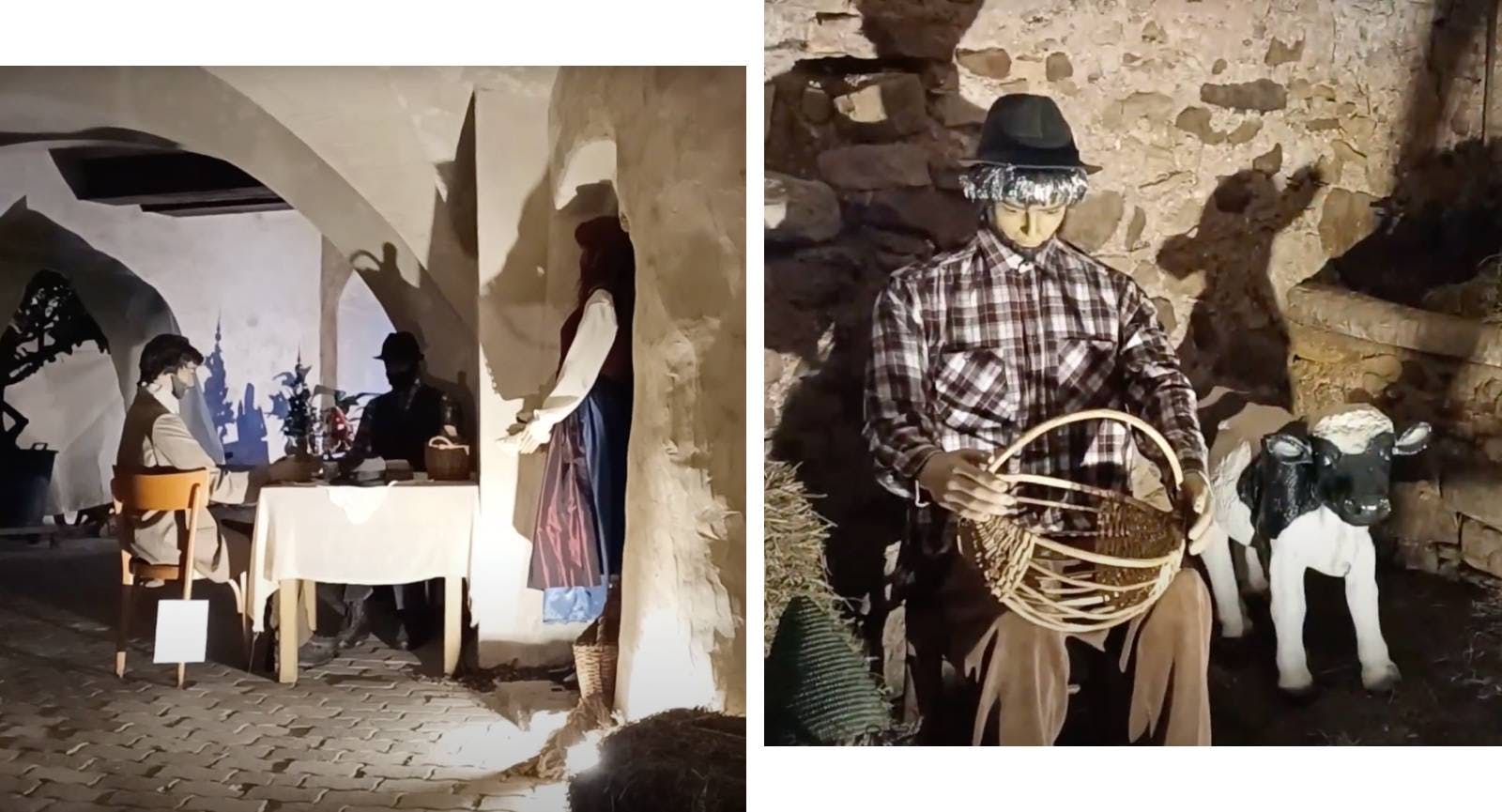

Cooking Classes, Tours, and Food & Wine Experiences in Trentino
Discover Cesarine experiences near Faedo and enjoy—or learn to prepare—the traditional flavors of Trentino!

Lignano Sabbiadoro
This famous seaside resort transforms into a Christmas destination thanks to its stunning Sand Nativity, now in its 22nd year. Located along Lungomare Trieste, it attracts thousands of visitors from across Europe to marvel at intricate sculptures made entirely of sand, a blend of art, faith, and creativity.
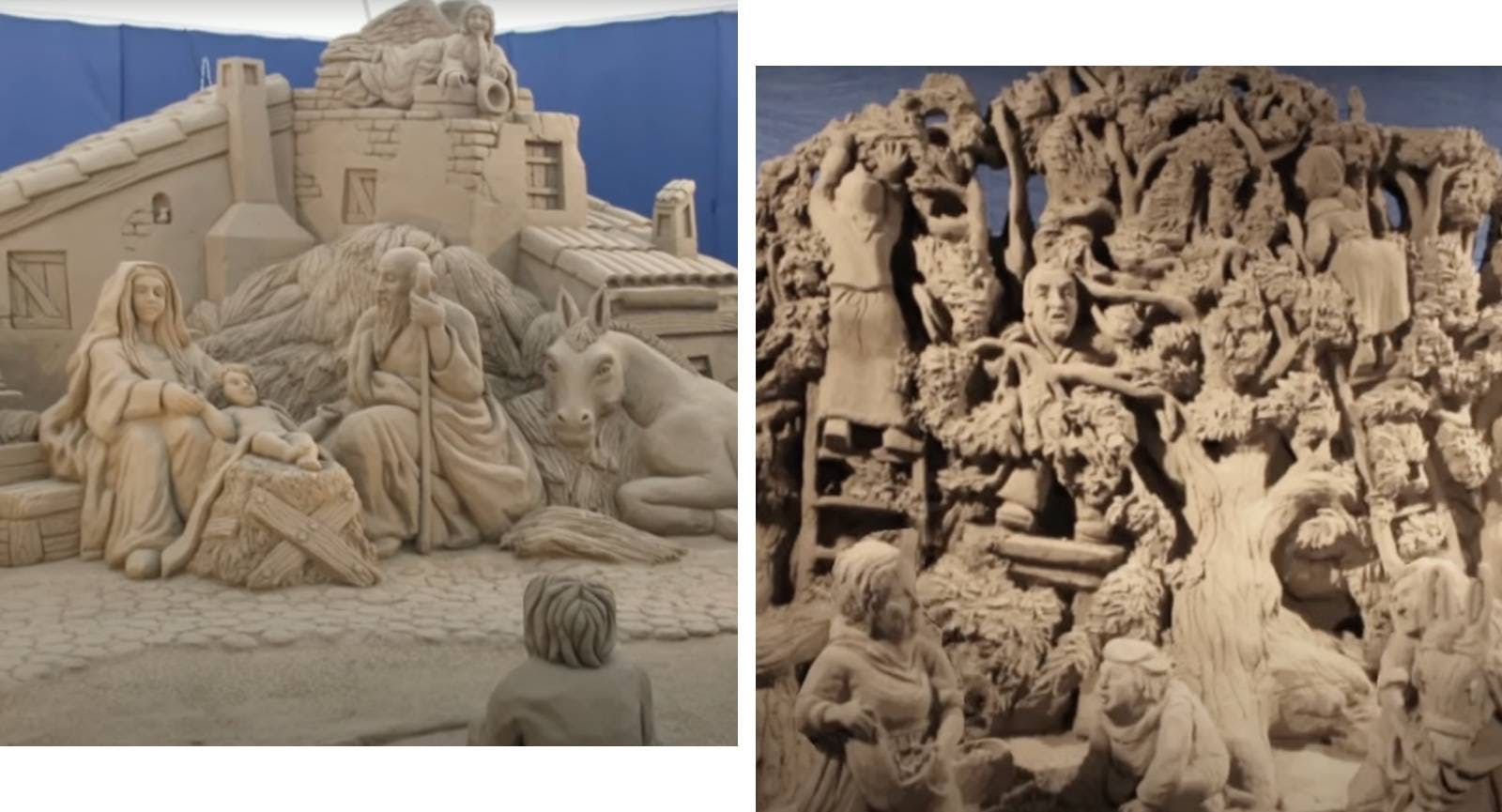
Cesenatico
From Lignano Sabbiadoro, we travel down the Adriatic coast to Cesenatico, a popular summer tourist destination that is well worth visiting even when the beach umbrellas are put away, as the seaside village illuminated for the holidays creates a truly magical atmosphere.
Here, from Sunday, November 30, 2025, to Sunday, January 11, 2026, visitors can experience the famous Presepe della Marineria, set up on the boats of the Floating Section of the Cesenatico Maritime Museum, along the oldest part of the Porto Canale. First created in 1986, this nativity scene has grown over the years, now featuring more than 50 figures.
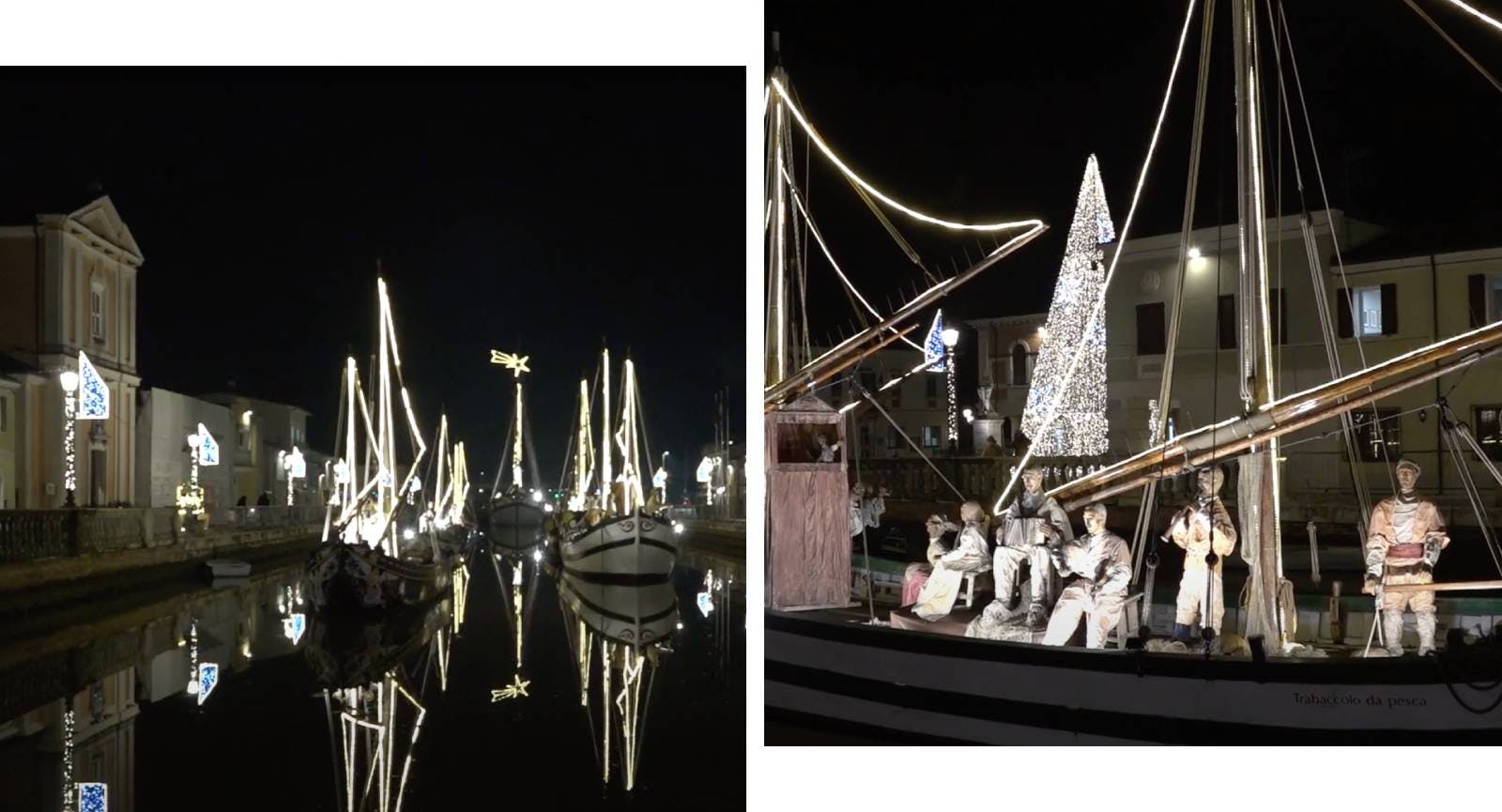
Montefiore Conca (Rimini area)
This small medieval village hosts a captivating live nativity. For nearly 30 years, Montefiore Conca has turned into a miniature Bethlehem during the holidays, with costumed performers reenacting the Holy Night and the journey of the Magi. Expect traditional music, crafts, and warm community spirit.


Emilia-Romagna Tours and Flavors
If you’re visiting Romagna to admire some of its most iconic nativity scenes, you can make your trip even more special by joining a Cesarine tour or cooking class in the enchanting Romagna hills. Explore local vineyards and wineries producing Sangiovese, or learn to make traditional dishes like passatelli pasta or the legendary piadina!

Verona
In the city symbolizing lovers, from November 16, 2025, to January 18, 2026, nativity scenes from around the world are on display in an exhibition at Palazzo del Capitanio, Cortile del Tribunale, 4, with access from Piazza Erbe or Piazza dei Signori. The works come from museums, private collections, and enthusiasts, offering a view of the many interpretations that the art of the nativity can take across different parts of the world. Thanks to the large number of nativity scenes on display, the exhibition is listed in the Guinness World Records.
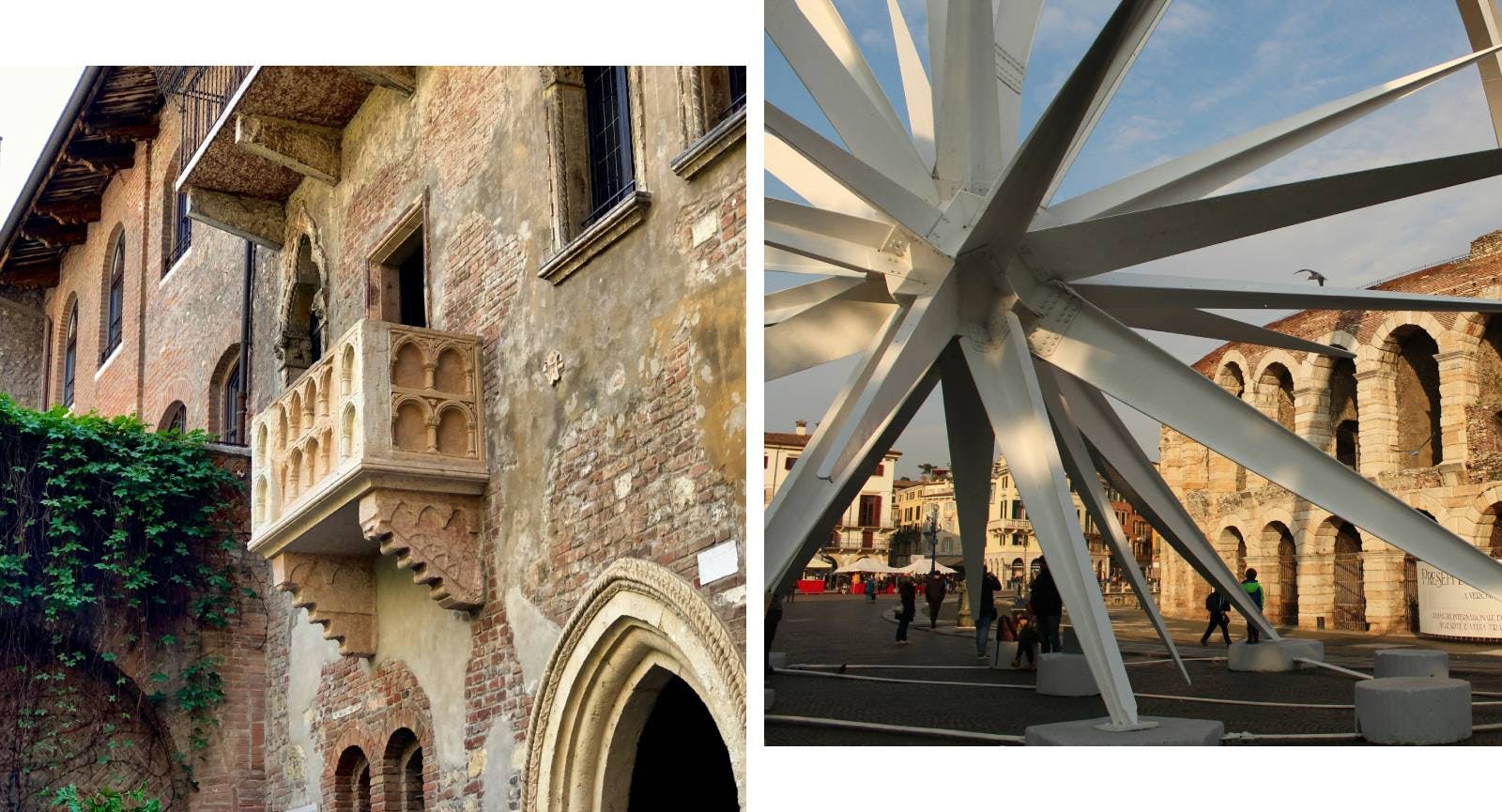

Cooking Classes in Verona
Discover Verona’s culinary traditions with Cesarine! From savory first courses to delectable desserts, Cesarine offers the best cooking classes in Verona. Learn to prepare traditional dishes and impress your guests with authentic recipes from Verona and the Veneto region.

Genoa
If you find yourself on the Ligurian coast during the Christmas season, we highly recommend stopping in Genoa to experience “Il Tempo dei Presepi” (“The Time of Nativity Scenes”), a program celebrating the city’s rich nativity tradition, running from December 1, 2025, to January 31, 2026. The event features a wide variety of displays, including traditional, mechanical, antique, modern, and living nativity scenes in both Baroque and traditional costumes. In addition, visitors can enjoy concerts of sacred, classical, Baroque, and traditional music.
Not to be missed are the nativity scenes at the Santuario della Madonnetta, the Oratory of San Bartolomeo, and the famous sacred reenactment at the convent of the Suore Brignoline, which features 17th-century Neapolitan figures.
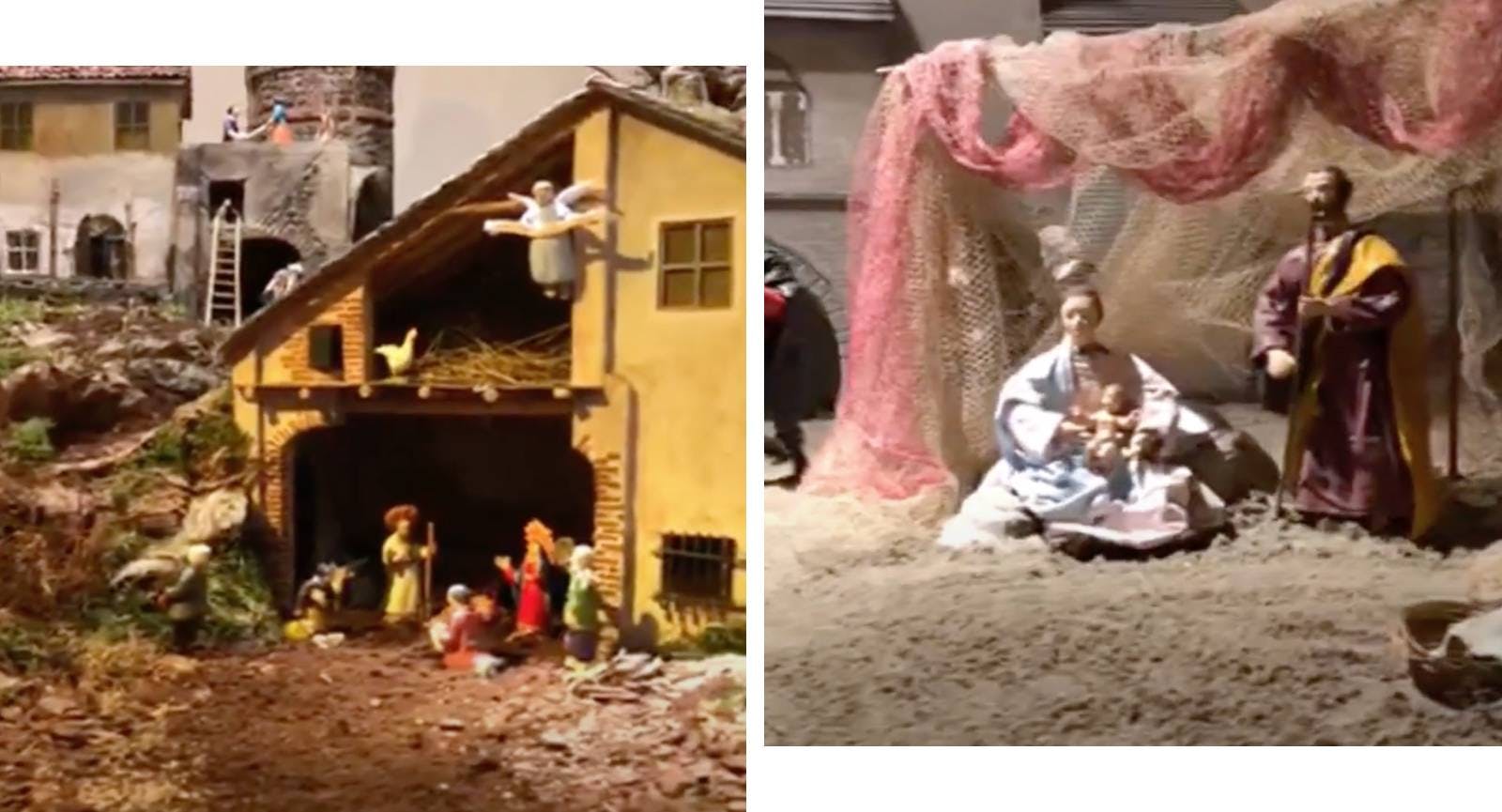
Manarola (La Spezia)
Staying in Liguria, we travel east from Genoa to Manarola, one of the villages of the Cinque Terre. On the slopes of the Tre Croci hill, the world’s largest nativity scene is brought to life. Want some numbers? It covers 4,000 square meters, with almost 10 kilometers of electric cables, 17,000 lights, and over 300 life-size figures.
Manarola’s nativity scene is also eco-friendly: the figures are made from recycled materials, and the lights are powered by solar generators.
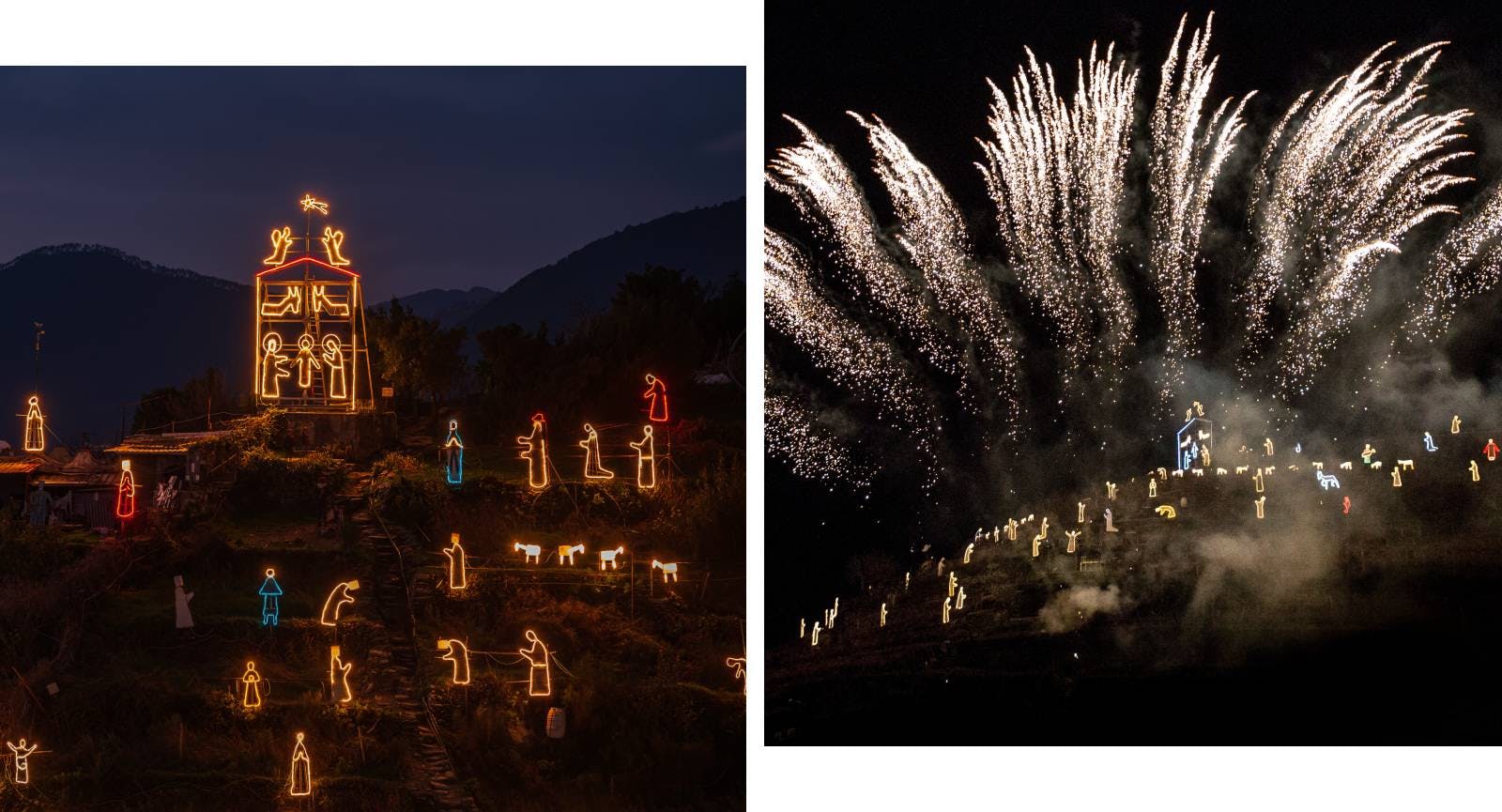

Cesarine Experiences on Italy’s Ligurian Coast
Why not enhance your Ligurian nativity tour with a cooking class or a culinary experience featuring all the delicious specialties this region has to offer? Book your experience now and embark on a gastronomic journey along the Ligurian coast, surrounded by tradition, beauty, and authentic flavors.

Custonaci (Trapani)
Set inside the Mangiapane Cave, this living nativity scene takes visitors back in time for a unique reenactment of the birth of Christ. The experience recreates the atmosphere of a village at the turn of the 19th and 20th centuries, all set against a breathtaking natural backdrop.
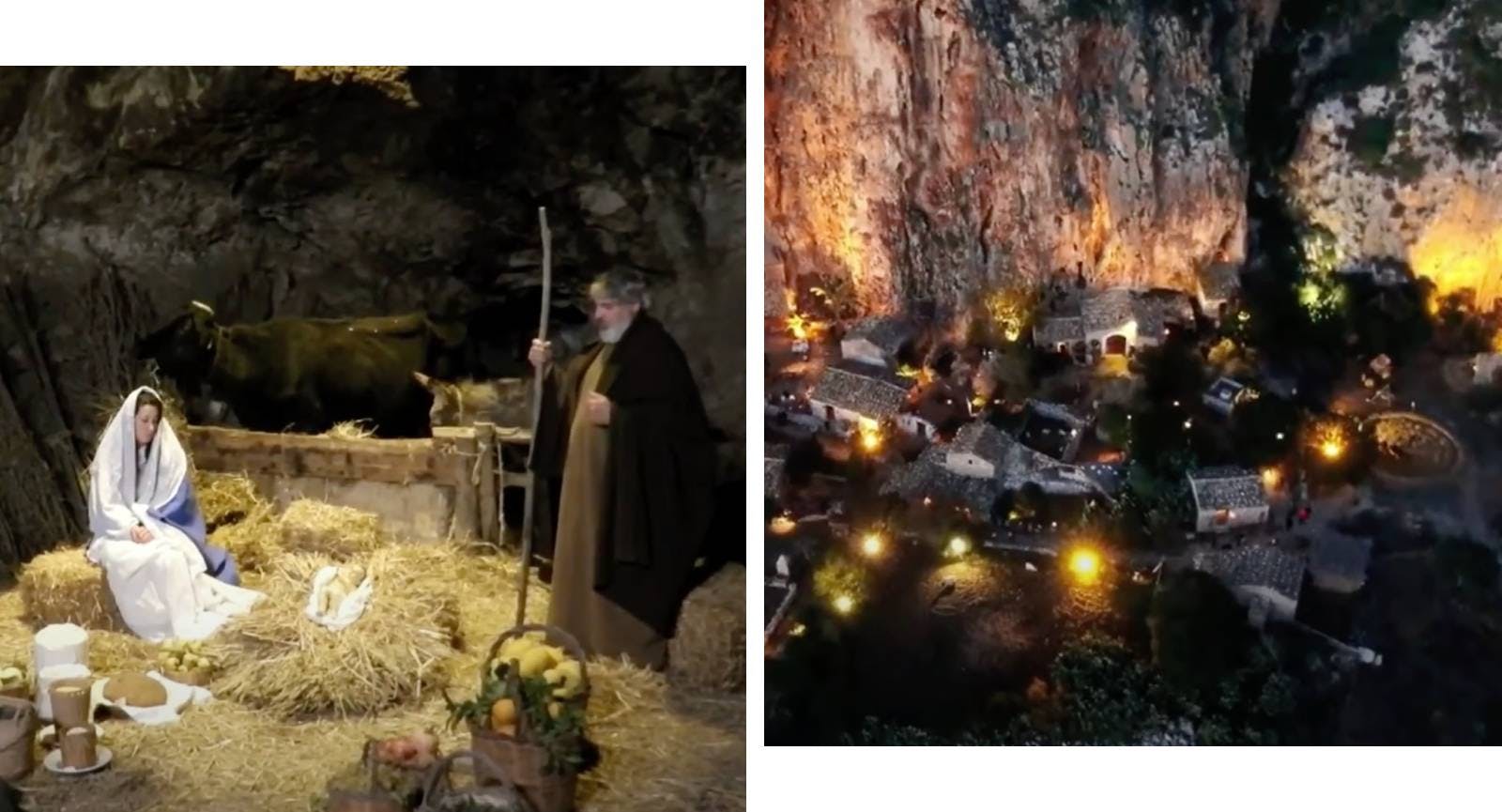

Tours, Cooking Classes, and more near Custonaci
Explore Cesarine experiences around Custonaci! Add an extra touch of magic to your Christmas nativity visit by enjoying a Sicilian food and wine tour or a hands-on cooking class with Cesarine.

Matera
No guide to unmissable nativity scenes would be complete without Matera, home to the world’s largest living nativity. There could be no more fitting location for a living nativity: from December 2025 through January 2026, the Sassi will serve as the backdrop for over 300 performers, with the entire village effectively participating in the reenactment of the Nativity.
Dates: December 6–7, 13–14, 20–21, 27–28, 2025, and January 3–4, 2026.
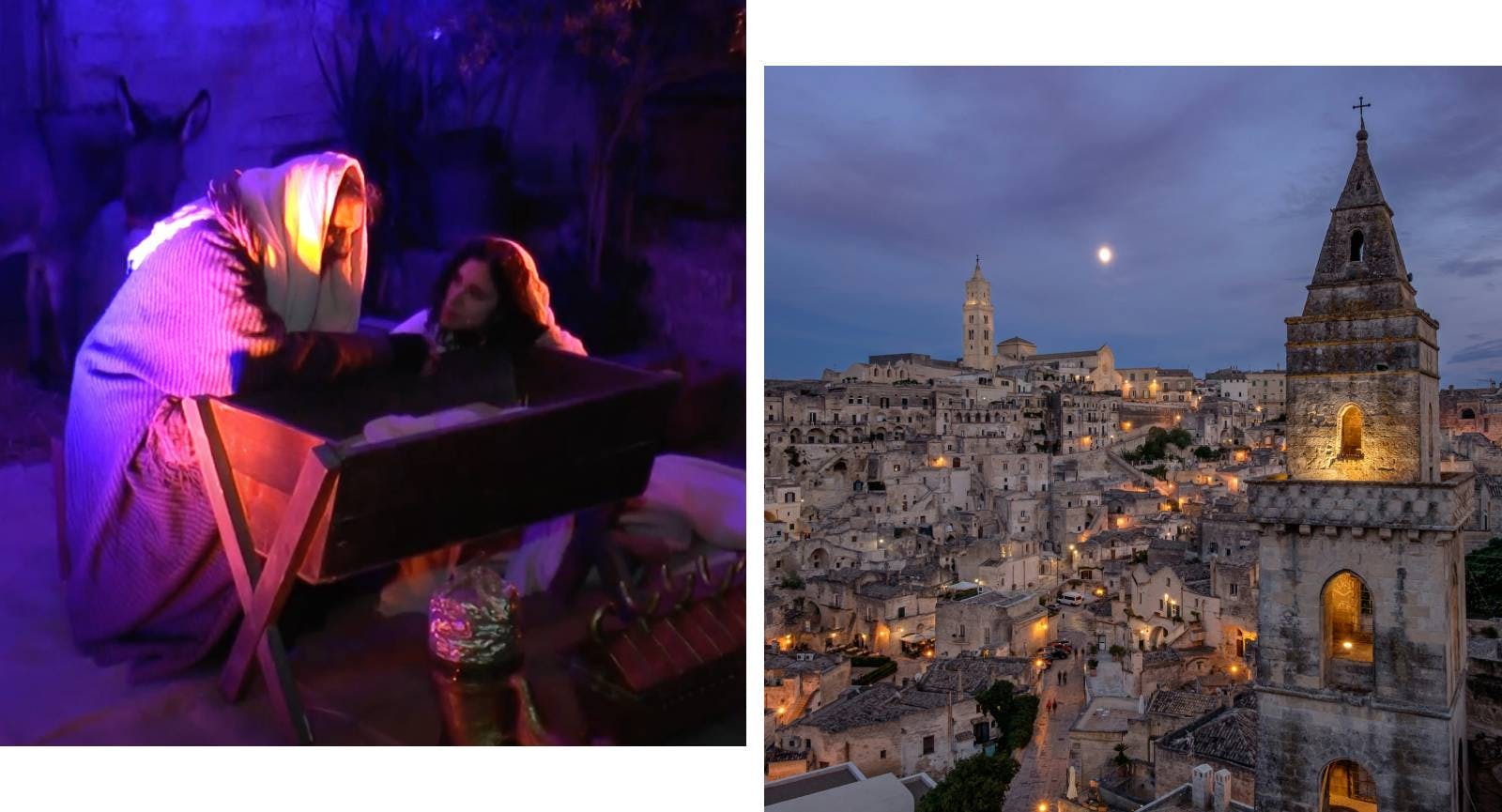

Cooking Classes in Matera
Cesarine are also in the city of the Sassi, ready to welcome you! Discover the full flavors of Matera’s cuisine through hands-on cooking classes and food and wine tours with Cesarine in this truly unique city.


